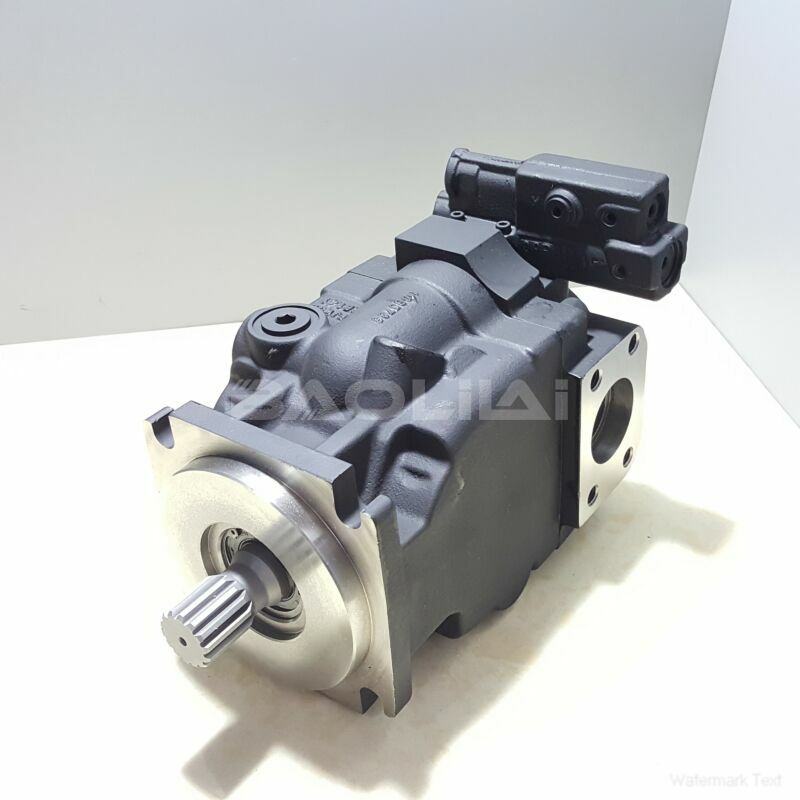JRRS51BLS2520NNN3C2NEA8NNNNJJJNNN hydraulic pump
JRRS51BLS2520NNN3C2NEA8NNNNJJJNNN hydraulic pump

- Product Details
- Applicable Scene
In addition to their immediate mechanical advantages, hydraulic pumps also facilitate operational safety. By reducing the need for manual lifting and exertion, they minimize the risk of injuries among rescue personnel. Firefighters and rescue workers often face perilous and stressful situations; having hydraulic assistance allows them to focus more on their rescue tasks rather than on managing physical strain and risk.
JR-R-S51B-LS-25-20-NN-N-3-C2NE-A8N-NNN-JJJ-NNN
JRRS51BLS2520NNN3C2NEA8NNNNJJJNNN
The integration of hydraulic pumps into firefighting systems is also becoming increasingly sophisticated. Modern pumps can be powered through various means, including direct connection to fire engines or portable generators. Innovations in hydraulic technology, including advancements in materials and design, lead to enhanced reliability and performance, enabling rescue teams to tackle complex emergencies more effectively.

83025953
Training plays a crucial role in maximizing the effectiveness of hydraulic pumps in fire and rescue operations. First responders must be well-acquainted with the operation of hydraulic tools and the specific scenarios in which they can be applied. Investing in ongoing training ensures that rescue teams remain proficient with this equipment, allowing them to respond rapidly and efficiently in high-pressure situations.
In conclusion, hydraulic pumps significantly enhance the performance of fire and rescue operations. Their ability to generate powerful force in a compact design allows for a wide range of applications that are crucial during emergencies. As technology continues to advance, the capabilities of hydraulic pumps will only improve, further increasing their importance in saving lives and protecting communities. Emphasizing proper training and operational procedures will ensure that fire and rescue teams utilize this valuable resource to its fullest potential, ultimately leading to better outcomes in emergency response scenarios.





